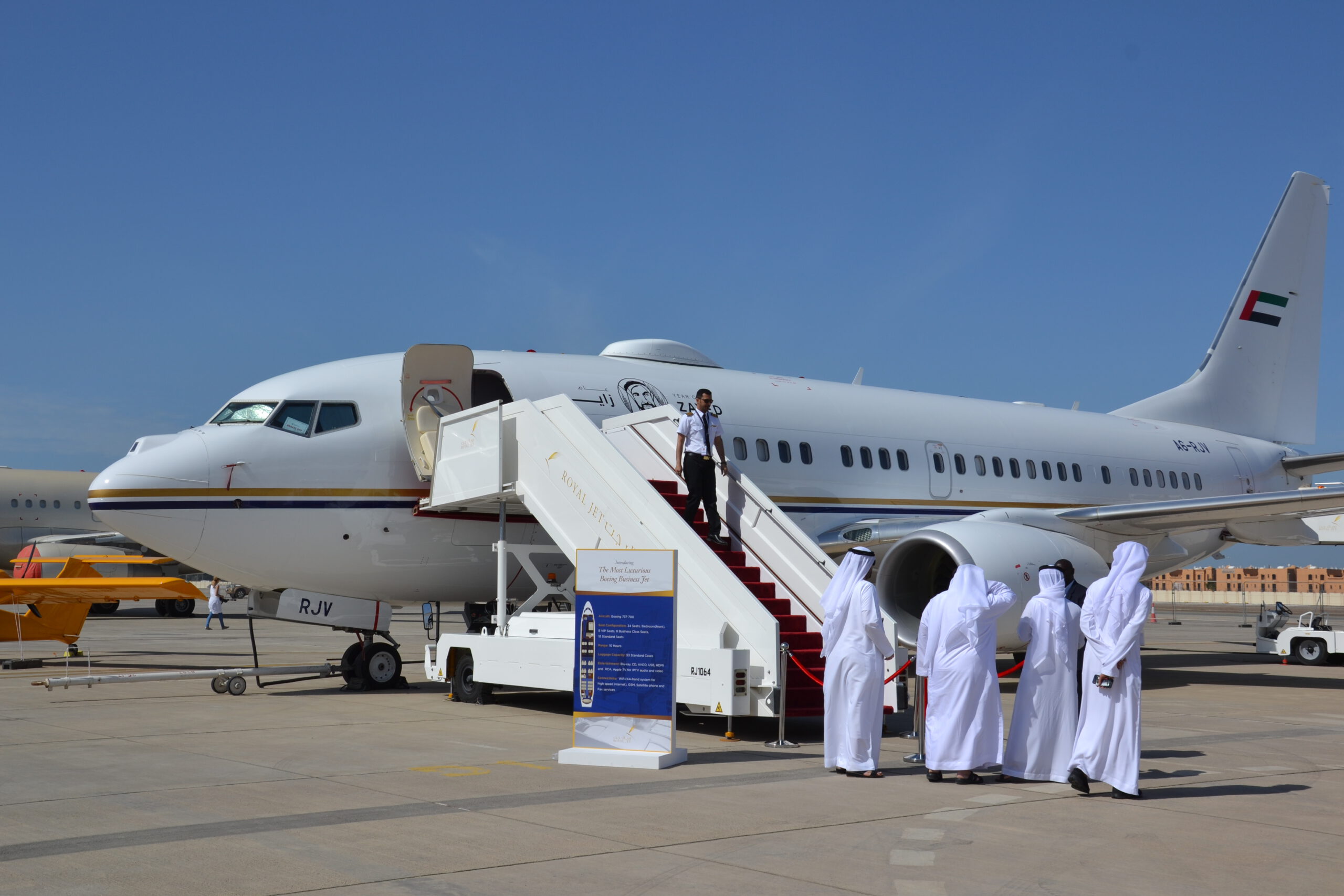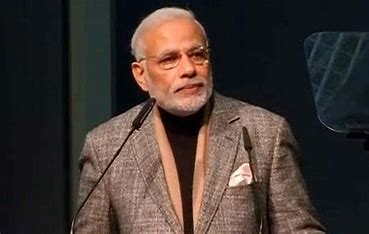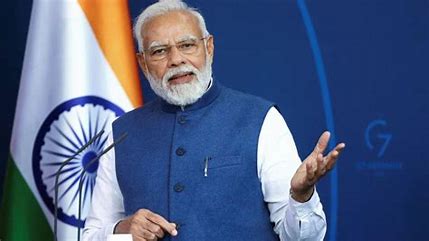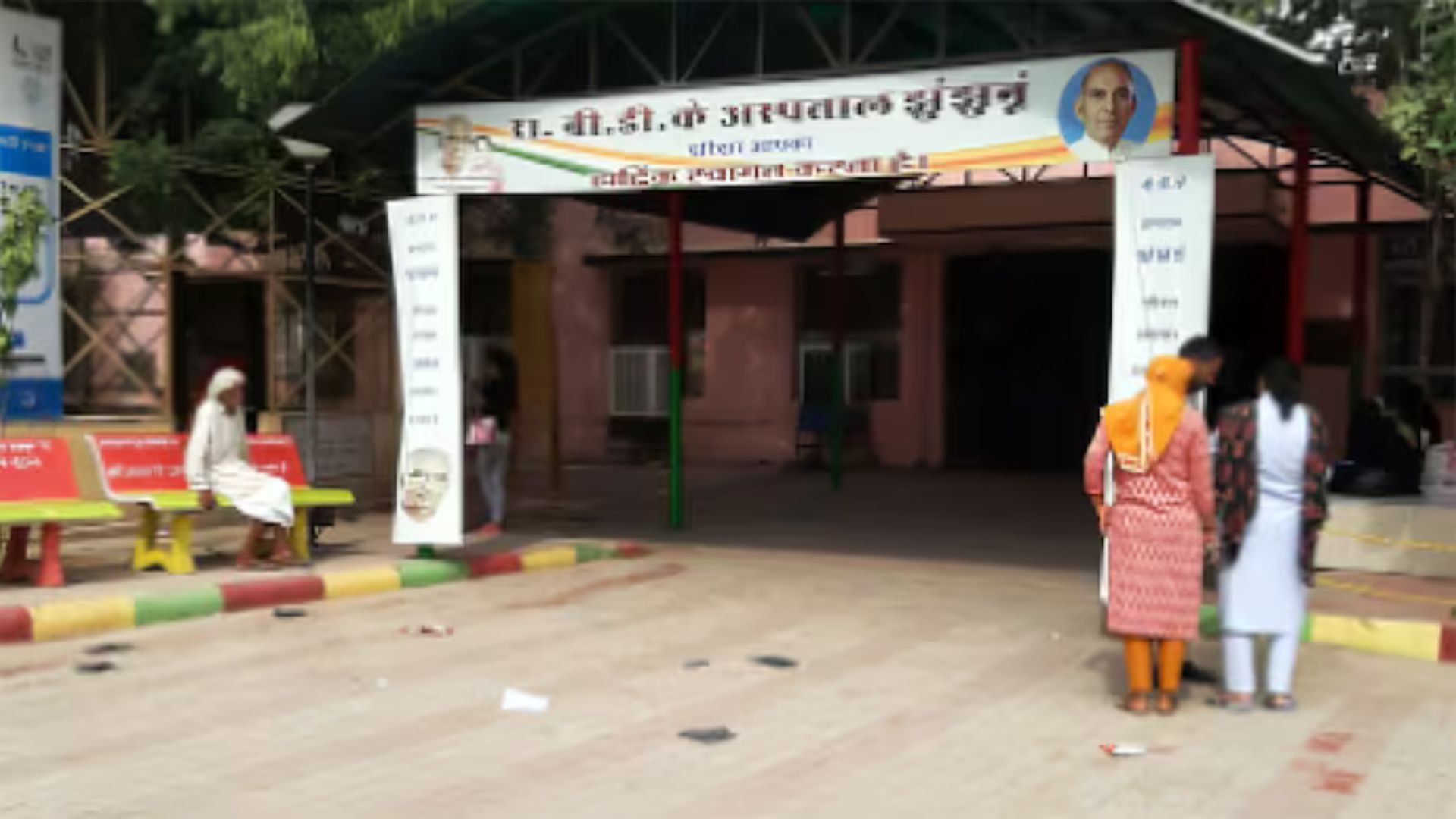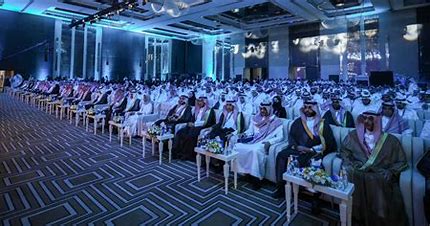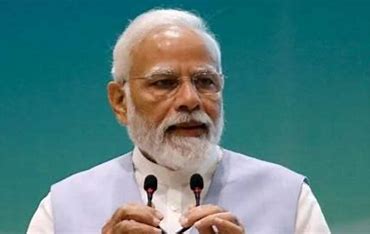
Introduction
In a multi-tier government system such as one in India which is a union of India ; the electoral democracy works by choosing their representative which permitting individuals select their “leaders of representative” for each level in accordance with their opinions on the individuals who are most capable of representing them for particular tier. There is a reason why the governments of the Union and States, have distinct lines of authority and why voters must choose members for Parliament, Assemblies, and local councils in and after five years. The demarcation allows for specific roles for each representative across the tiers and suggests varied voter choices that could be based on party affiliation, candidate strength, ideological positions or simple socio-economic reasons specific to each constituency.
The idea of “One nation One Pole” Interpretation derives from a complex origin, motivated by a desire to simplify the voting process and lessen the difficulties brought on by the current model. India now has a permanent parliamentary electoral process, with elections occurring at multiple levels at distinct periods. This methodical manner has several negative effects, such astronomical election-related costs, frequent political diversions, and significant upheavals in government and policymaking. By implementing a more coordinated and uniform electoral timetable, “One Nation One Election” aims to overcome these problems.
Tracing History : Story So Far
The concept of One nation – One Poll was formally first proposed by the election commission In 1983 with an aim to introduce a simultaneous election to reduce the frequency and cost cutting of the election . Late Pm Vajpayee was also a vocal supporter of One nation – One Pole , he brought a proposal but was unsuccessful in bringing any legislative change In 2017 NITI Aayog brought up the paper on election time-table ; It suggested a practical roadmap for implementing the concept In 2018 law commission brought a road-map on highlighting the legal and constitutional aspects of simultaneous elections. Pm Modi too laid the stress on One Nation – One Pole in 2019 Independence day Speech In 2020 a parliamentary committee was set-up under the chairman ship of Anand Sharma which brought a input on the topic form the various stake holder . Recently the Committee Under the chairmanship Of Shri Ramnath Kovind was established to study the electoral Process In India
The brighter side of One Nation – One Poll
“Implementation of One nation One election will have the focus government to the People and the state as well as the administrator will have the more time in their hands”
1. Cost of election vs Cost of Democracy with the 2019 general elections it is estimated by the Central of Media studies to be the most expensive pole which is to be ever conducted.. Holding separate elections places a tremendous financial burden on the nation’s resources. Combining these elections would lead to significant savings, allowing these funds to be redirected towards pressing socio-economic needs. The advantages go above cost reductions. The logistics load on administration and security services, who are sometimes overworked owing to many election obligations, would be lessened by concurrent elections. The resulting resource reallocation may improve overall governance and citizen service delivery.
2. India had simultaneous Polls together in 1951-52 , 52,62 &67 Simultaneous polls can save a lot of time & money of the government and it could give any state an enhanced government ; the authority instead of focusing more on election campaign could give more focus on Prioritizing governance this Simuntaneous is expected to boost voter turnout, a vital component of a thriving democracy. The simplification of the voting process, allowing citizens to cast their ballots in one go, is likely to encourage greater participation in the demo…
3. Policy gridlock a blow to the development work The Model Code of Conduct during polls bars the announcement of any fresh development initiatives, and the deployment of senior officials for conducting polls in different parts of the country also deals a blow to implementing on-going work
The Problem are not less
Holding simultaneous election seems very tempting but however if we evaluate the estimation of an opportunity cost it is Rs 9,284.15 corer which is downright childish A part of the constitutional effect it would deserve number of democratic concern
1. Nationalism Vs Regionalism In India general election are generally fought on the national issues while assembly election are fought on the regional issues simultaneous election may leads to the national issues eclipsed to the state issues which will hamper the values of democracy and the erosion of the regional identity
2.Cronysim chauvinism :- According to IDFC, there is a 77% chance that the Indian voter will vote for the same party for both the state and Centre when elections are held simultaneously because India is a union of states and the central government allots huge money to the government of the same party in the states. The opposition also alleges that the voters might look into the bigger issue keeping regional issues on the back seat
3. A blow to Indian federalism
Federalism is a key of institutional mechanism for “holding-together” India’s enormous socio-cultural and mosaic diversity. The idea of One nation One election attempts to electrify the electoral logic of the different state and manufacture it into a One electoral Ideology
Implementation Policy: The road not easy
One nation One election is a daunting task for the state to Implement ;the Implementation of One nation One Pole will bring a simultaneous constitutional amendments to align the tenure of the both the poll which is indeed a copmplex and a lengthy process The move would require amendments in five articles of the Constitution which are, Article 83 that defines the duration of Houses of Parliament, Article 85 that defines dissolution of Lok-Sabha by the President, Article 172 that defines duration of state legislatures, Article 174 which describe dissolving state legislatures and Article 356 that describe President’s Rule in states.For the constitutional amendment to be valid and successful at least two-third members of the House must be present at the time of voting. Consensus of all political parties and state governments is required. If the Amendment passes in Parliament, it needs to be ratified by the Assemblies of at least half of the states in India ..ie..The concept has both supporters and detractors, and its feasibility and desirability remain a matter of political discussion and debate in India.
Conclusion – The bottom Line
Perhaps it is time to examine democracy itself as an idea and how the Constitution views it. Since the Constitution’s Preamble promises “social, economic and political justice”, the canvas is broad enough to suggest that what people feel depends on the national mood. However, for moods to become lasting law, and that too one which fundamentally alters the political process, the country requires a national consensus that is lasting enough not to cause upheavals and unrest that would make frequent elections look like small blips. In other words, we can’t let the cure for a flawed democracy become worse than the malady.
